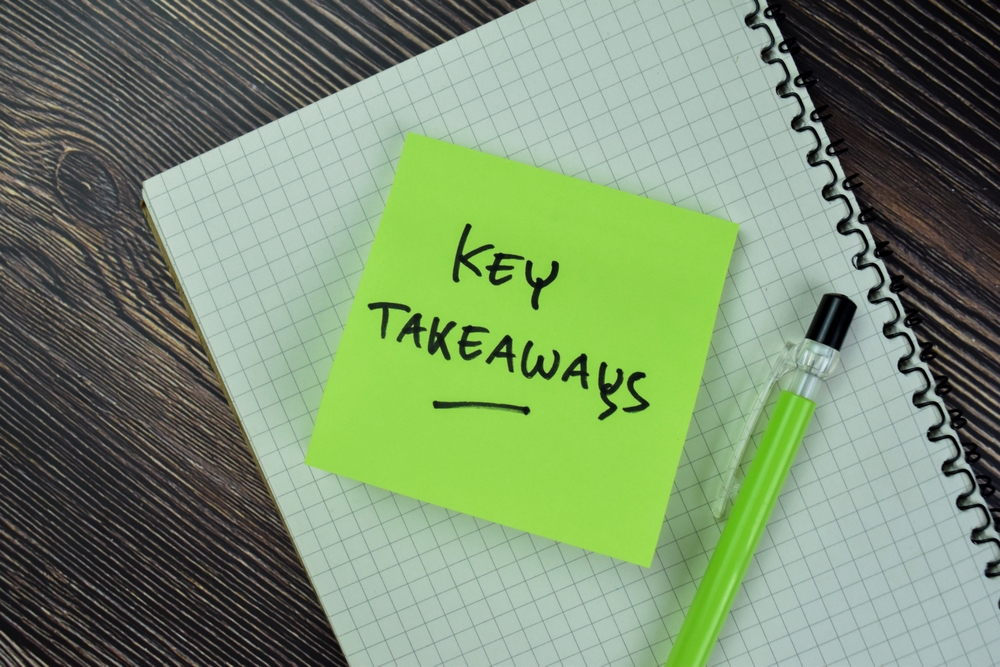
Johnny’s Ambassadors Training
Attendees of the Johnny’s Ambassador’s Training had these takeaways to share:
What was the most useful tool or piece of information you gained from attending the event?
One of the speakers gave great examples of ways youth can say no to marijuana and vaping. My favorite part was the last speaker on the second day. This young lady shared her life story and how THC affected her life. Her story is such an inspiration to those struggling with addiction, especially youth and young adults. We need more young, fearless leaders like her, fighting the good fight. She grew up in Tulare County California, and that is the same county I came from, and grew up in, which hit close to home for me.
Bree Payne, Yellowstone County, Communities that Care- Level Up Yellowstone
Oh my, so much! Here are a couple: Dr. Matthew Rossheim, Professor, University of North Texas shared the DPCP (Derived Psychoactive Cannabis Products) – Factsheet. Carly Noelani Kajiwara, Director of Trainings, Stanford REACH Lab shared Stanford Medicine: Cannabis Awareness & Prevention Toolkit.
Gina Lamb, Phillips County Block Grant
I always appreciate hearing from Dr. Bertha Madras, who by the way is now in her 80s. After the first day of the conference, I was pretty down listening to the scientific research information. I have known how addictive cannabis is, how the industry keeps developing different strains, the deceptive information given to the public and all of this was quite overwhelming. Then the second day was all about what we can do – action. I listened to Bertha and all the signs of HOPE she focused on: according to her there are more abstainers now and this has been increasing. Great news. Another piece she shared was that as she spoke to folks about the seriousness of underage and adult use of the present day cannabis, they would say: “Why didn’t anyone tell me”. Education, Education, Education. We as prevention specialists CAN do that!!
Barb Reiter, Jefferson County Block Grant
One of the most useful pieces of information that I learned was when Laura was talking about dabs. I didn’t know much about dabs before this and didn’t realize the process it took to make them. I knew that they obviously weren’t the natural herb, but that was about it.
I also really loved when Brandi Welch gave her presentation. I really admired her story and her for sharing her recovery from cannabis-induced psychosis. It was really an eye opener seeing the music and shows she was drawn to that made using seem fun and like an everyday activity.
Kimberly Miller, Daniels & Sheridan Block Grant
What was something new you learned?
One of the speakers talked about a new pharmacy drug in the works that will help with THC induced psychosis that will be given during emergency events. I am so excited to see this drug hit the market and do good things for our youth, community, and the greater good.
Bree Payne, Yellowstone County, Communities that Care- Level Up Yellowstone
Brandi Welch, shared her story of her experience with marijuana from her first use, to Cannabis-Induced Psychosis, to recovery. It was interesting to hear what enticed her to use and keep using, and what opened her eyes to want to change for the better.
She talked about the marketing geared toward Gen Z, how to recognize the signs & symptoms of CIP, and the importance of educating youth about THC and what it could do to them.
Ciara Gregovich, Community Outreach Specialist, Drug Enforcement Administration (DEA) mentioned “eddies”, a term for edibles. I did not know that.
Gina Lamb, Phillips County Block Grant
I was very grateful to learn more about the wonderful work Johnny’s Ambassadors is doing in Colorado and in other states. I liked hearing about the youth component and how this movement has made some differences in the legislation of cannabis in Colorado.
Barb Reiter, Jefferson County Block Grant
One of the new things I learned that I just can’t get out of my head is that 1 dab is equal to 50 Woodstock joints. It just really put it into perspective for me and it’s all I’ve been thinking about since the presentation.
Kimberly Miller, Daniels & Sheridan Block Grant
